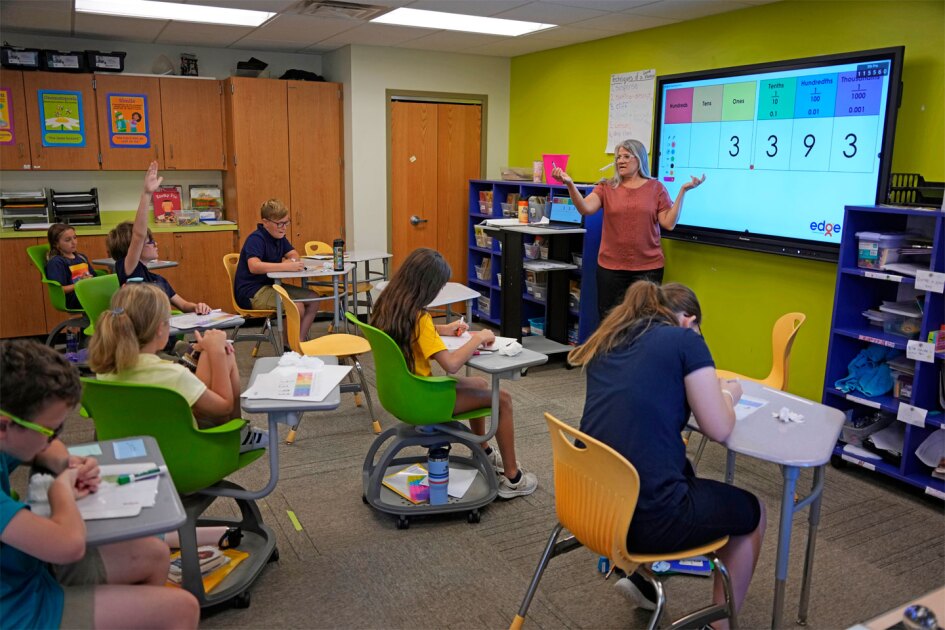‘I Dread Being at This Table.’ How to Improve the IEP Process (Opinion)
Most teachers, and many parents, are well aware of IEPs, or individualized education programs. Today, an educator and parent shares her experience transforming the typical IEP process and meeting. Navigating the IEP Meeting Brandi Hinnant-Crawford is an associate professor of educational leadership at Clemson University......











